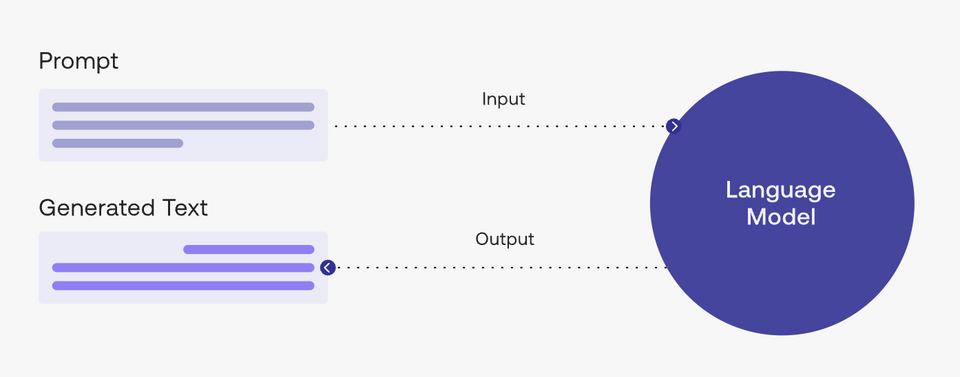Create unique Data with ChatGPT
Search and store tool for Chat GPT Prompt
Create unique and engaging Data with ChatGPT, a pre-trained language model by OpenAI for generating high-quality and accurate content. With ChatGPT's advanced algorithms and natural language processing capabilities, you can now generate data-driven content that speaks directly to your target audience, without sacrificing accuracy or quality. Whether you need to create reports, whitepapers, or marketing materials, ChatGPT can help you streamline your content creation process and deliver unparalleled results. Start creating unique Data today with ChatGPT and take your content to the next level.
Using Data Management Tools to Stay Organized and Make Informed Decisions
How can I use data management tools to stay organized and make informed decisions?
Strategies for Managing Data Effectively in the Office
What are some strategies for managing data effectively in the office?
Planning Office Technology Upgrades and Maintenance
How can I plan office technology upgrades and maintenance?
Generate a List of 10 Relevant Skills and Experiences for a Web Developer Job Application
Generate a list of 10 relevant skills and experiences for a web developer job application.
Generating an Opinion about 'Two Truths and a Lie'
Let's play 'two truths and a lie'. Give me three statements about yourself, and I'll try to guess which one is the lie.
Five Chat GPT Features that Aid Testing and Debugging
Create a list of five Chat GPT features that aid testing and debugging.
Create a Poem or Song Explaining Quantum Computing and the Future of Artificial Intelligence for Ten-Year-Old Children
Create a poem or song explaining quantum computing and the future of artificial intelligence for ten-year-old children. The song should have a distinct personality and characteristics for each performer and punctuation.
Chat GPT's Future in Software Development
Create an article about Chat GPT's future in software development.
Write a meta description tag
Write the HTML for the meta description [meta description].
Designing a Comprehensive Test Suite for [Language] Code to Cover Various Scenarios and Edge Cases
Design a test suite for the given [language] code that covers various test scenarios and edge cases: [code snippet].
Refactoring [language] Code: Tips to Improve Conciseness and Maintainability
Suggest ways to refactor the given [language] code to make it more concise and maintainable: [code snippet].
Proposing a Consistent Coding Style for [Language] Code
Propose a consistent coding style for the given [language] code that aligns with best practices: [code snippet].
Improving The Readability Of The Given [language] Code: Tips and Suggestions
Evaluate the readability of the given [language] code and suggest improvements: [code snippet].
Tips for Creating CRUD Code and Database Interaction
Generate a CRUD (Create, Read, Update, Delete) [language] code for a [type of application or service] that interacts with a [type of database]: [application or service description].
Top Code Scaffolding Tools for Streamlining Development in Any Language
Suggest a code scaffolding tool or library for the given [language] that helps streamline the development process.
How to Generate a Language Code Template for an Application Following Best Practices
Generate a [language] code template for a [type of application or service] that follows best practices: [application or service description].
Evaluating Compatibility and Performance of [Language] Code with [Specific Technology or Platform]
Evaluate the compatibility and performance of the given [language] code when interacting with [specific technology or platform]: [code snippet].
Best Practices for Building and Maintaining a Language Codebase Integrating Third-Party Services or APIs
Recommend best practices for building and maintaining a [language] codebase that integrates with multiple third-party services or APIs.
Creating Mapping Solutions for Language Code Interfacing with External Data Source or Format
Propose a data transformation or mapping solution for the given [language] code to interface with [external data source or format]: [code snippet].
Effective Strategies for Integrating [Language] Code with External Systems or API: An Opinion
Suggest a strategy for integrating the given [language] code with [external system or API]: [code snippet].
What is “prompt engineering”?
A “prompt” is the input that guides a generative AI model to generate useful outputs. Generative AI tools like ChatGPT, GPT, DALL·E 2, Stable Diffusion, Midjourney, etc. all require prompting as their input.

In a natural language processing (NLP) context, “prompt engineering” is the process of discovering inputs that yield desirable or useful results. As is the story with any processes, better inputs yield better outputs; or commonly said another way “garbage in, garbage out.”


Become a prompt researcher instead of engineer
- If you’re already a subject matter expert in something, consider figuring out how to apply your personal skills to generating the best prompts in your field
- For example, if you’re an expert in SEO, what questions do you ask yourself when creating SEO strategies? How can you translate this knowledge into better prompts to generate the same level of output with AI?
Become a prompt researcher instead of engineer
- The term prompt engineer glosses over the idea that prompt formulation takes hypothesizing, research, result measurement, and repetition. Instead, approach prompting like a research project.
- Try as many different variations and formulations of your prompt as possible. One problem can have hundreds of solutions and one solution can have hundreds of approaches. The same can be said of prompting.